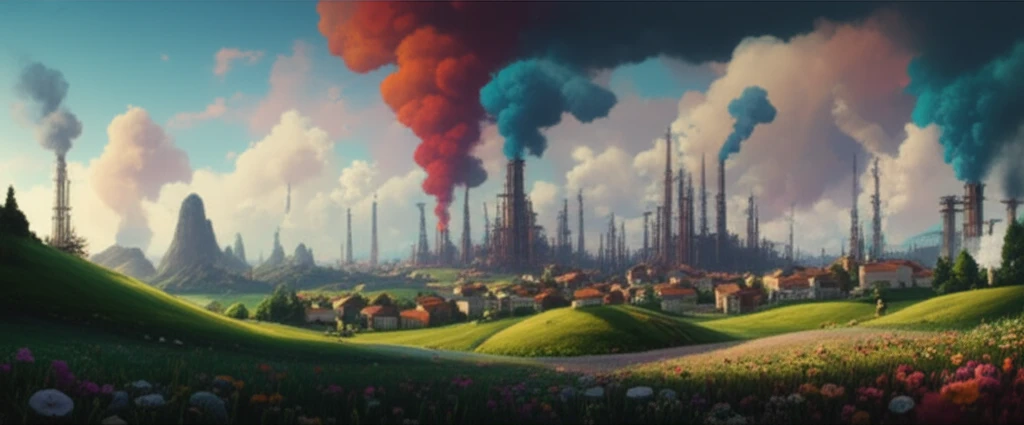
Hidden Dangers: How Chemical Contamination Impacts Communities in Brazil and Portugal
"A look into the institutional responses and community actions in two contaminated sites, revealing critical gaps in environmental justice and public health."
Chemical contamination poses a significant threat to both environmental health and public safety, resulting in a wide array of direct and indirect consequences. These range from pollution and immediate health issues to long-term economic and social disruptions. Understanding how different regions and communities respond to these challenges is crucial for developing effective mitigation and prevention strategies.
This article focuses on two distinct case studies: Cidade dos Meninos in Brazil and Estarreja in Portugal. Cidade dos Meninos, located in the state of Rio de Janeiro, is a former industrial site now classified as a contaminated area, with many toxic remnant. Estarreja, a city in central Portugal, features an active chemical industry complex with a history of environmental contamination. By examining these contrasting situations, we aim to highlight the institutional responses and community-driven initiatives in addressing chemical contamination.
The study analyzes the actions taken by affected communities and the reactions—or lack thereof—from responsible institutions at local, regional, and national levels. It integrates various elements often treated separately, including environmental, health, social, economic, political, and justice-related aspects, while maintaining close attention to the specific conditions of each case. This comprehensive approach seeks to provide a holistic view of the challenges and potential solutions in managing chemical contamination.
Navigating the Complexities of Chemical Contamination: Uncertainty and Action

Chemical contamination is a multifaceted issue that spans environmental science, public health, sociology, economics, and politics. Its complexity arises from the interconnectedness of these domains, which are often addressed in isolation. Historically, industrialized societies have shifted their relationship with nature, further complicating environmental and health management.
- The sheer number of chemical substances: By the late 1980s, approximately 70,000 chemical substances were known globally, yet only 6,000 had been adequately assessed for their risks (Wynne, 1987).
- Limited testing for carcinogenic properties: Only 1.5% to 3% of chemicals circulating in the market had been tested for their carcinogenic properties (Steingraber, 1998).
- Synergistic effects: Analyzing the interactions of just 25 chemicals rigorously would require around 33 million toxicity tests (Thornton, 2000).
Toward a More Just and Sustainable Future
Chemical contamination in residential and occupational settings remains a complex issue involving numerous stakeholders and sectors. Addressing this requires recognizing the intricate relationships between environmental quality, public health, and socio-economic factors. By integrating local knowledge with scientific expertise, promoting transparency, and fostering community engagement, we can move toward more effective and equitable solutions. Future actions should prioritize not only remediation and technological advancements but also address the underlying social and political factors that perpetuate environmental injustices.
